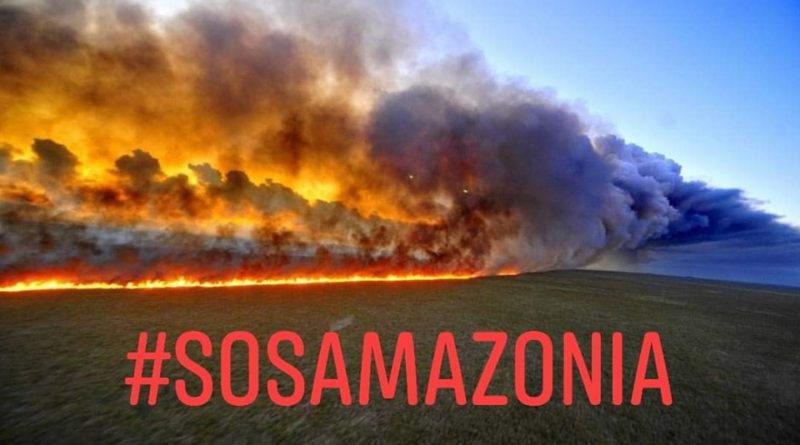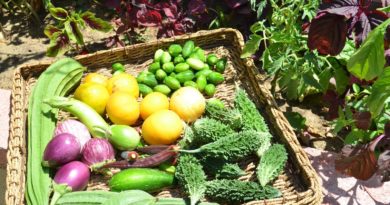Amazon fires: what is happening and is there anything we can do?
What is happening in the Amazon?
Thousands of fires are burning in Brazil, many of them in the world’s biggest rainforest, which is sending clouds of smoke across the region and pumping alarming quantities of carbon into the world’s atmosphere.
Does this happen every year?
Yes, but some areas have suffered far more than usual. In the worst-affected Brazilian state of Amazonas, the peak day this month was 700% higher than the average for the same date over the past 15 years. In other states, the amount of ash and other particulates in August has hit the highest level since 2010.
What is the cause?
Most of the fires are agricultural, either smallholders burning stubble after harvest, or farmers clearing forest for cropland. Illegal land-grabbers also destroy trees so they can raise the value of the property they seize. But they are manmade and mostly deliberate. Unlike the huge recent blazes in Siberia and Alaska, the Amazon fires are very unlikely to have been caused by lightning.
Is the entire forest ablaze?
No. Satellite monitoring experts say the images of an entire forest ablaze are exaggerated. A great deal of misinformation has been spread by social media, including the use of striking images from previous years’ burning seasons. This week, there are more large fires in Colombia and eastern Brazil than in the Amazon. Most of the agricultural burn-offs are in deforested areas. But there are also fires in protected reserves.
Do we need to worry about oxygen?
No. Although some reports have claimed the Amazon produces 20% of the world’s oxygen, it is not clear where this figure originated. The true figure is likely to be no more than 6%, according to climate scientists such as Michael Mann and Jonathan Foley. Even if it were accurate, the crops being planted in the cleared forest areas would also produce oxygen – quite likely at higher levels. So although the burning of the rainforest is worrying for many reasons, there is no need to worry about an oxygen shortage.
So should we still be concerned?
How much forest is being lost?
In July, deforestation spiked to a level not seen in more than a decade. According to preliminary satellite data from Brazil’s space agency, trees were being cleared at the rate of five football pitches every minute. Over the single month, 2,254 sq km (870 sq miles) were lost, a rise of 278% on the same month last year. Scientists say this year could be the first for 10 years in which 10,000 sq km of Amazon are lost.
The situation was far worse in the 1990s and early 2000s. But Brazil won international kudos after that by slowing deforestation by 80% between 2005 and 2014. This was done with strict monitoring, better policing and stiffer penalties. But that system has been eroded in recent years and many fear a return to the alarming levels of forest loss that occurred two decades ago.
Is this the fault of the Brazilian president?
Jair Bolsonaro has made things a lot worse by weakening the environment agency, attacking conservation NGOs and promoting the opening of the Amazon to mining, farming and logging. The far-right leader has dismissed satellite data on deforestation and fired the head of the space agency. But it is not solely his fault. The agricultural lobby is powerful in Brazil and it has steadily eroded the protection system that was so successful from 2005-2014. Deforestation crept up in the past five years under the previous presidents Dilma Rousseff and Michel Temer. The rate has accelerated rapidly in the first eight months of Bolsonaro’s rule. But this is not just about him, politics or Brazil. There are also huge fires in Bolivia, which has a leftwing populist president.
What is the outside world doing?
Is that enough?
No. The priority should be building a buffer against the tipping point and drawing down emissions, which means not just protection of the Amazon but massive reforestation. This will require far more financial support than anything seen until now. For this to be effective, governments will also need to align their environment and trade policies. Currently countries like the UK spend small sums on overseas conservation, then promote billions of dollars worth of trade in beef, soy, timber, minerals and other products that undermine Amazon protection efforts. Politicians should also listen more to the voices of the people who live in the forest, such as indigenous groups and riverine communities.
What can individuals do?
The most important actions are political and collective. Join a party or campaign group that makes the Amazon a priority. Through these groups, urge your elected representatives to block trade deals with countries that destroy their forests and to provide more support for countries that expand tree cover.
Apart from this, donate to organisations that support the forest, forest dwellers and biodiversity, including Instituto Socioambiental, Amazon Watch, WWF, Greenpeace, Imazon, International Rivers and Friends of the Earth.




